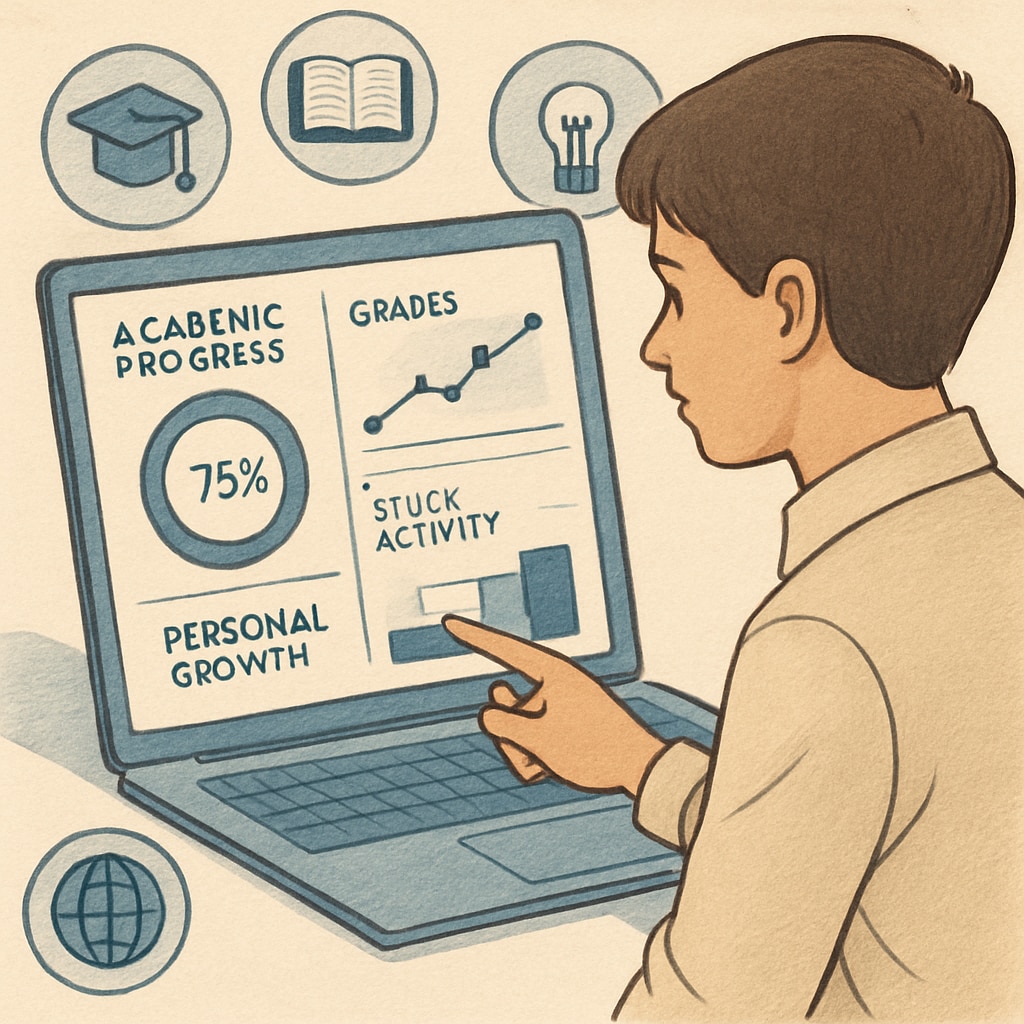Traditional methods of grade-based assessment have long dominated K12 education. However, while grades can provide a snapshot of academic performance, they often fail to capture the full spectrum of a student’s learning outcomes and progress. Educators and policymakers are increasingly questioning whether grades alone can accurately reflect the complexities of growth, creativity, and skill acquisition in modern classrooms. This article explores the limitations of grade-based evaluations and introduces innovative approaches such as real-time tracking tools and dynamic metrics to better assess student learning.
Why Grades Fall Short in Measuring Learning
Grades, while universally used, have inherent limitations. They often prioritize rote memorization over critical thinking, creativity, and collaboration. Additionally, grades can inadvertently discourage students by fostering competition rather than intrinsic motivation. For example, a student may excel in problem-solving or teamwork but receive lower grades due to struggles in standardized testing formats. This raises an important question: Are grades truly indicative of a student’s capabilities and future potential?
Furthermore, grades tend to focus on outcomes rather than processes. They rarely provide insights into how a student approaches challenges, learns from mistakes, or develops resilience—key attributes for success in life beyond school. As a result, many educators are advocating for a shift toward assessment methods that emphasize growth and development over static scores.

Dynamic Metrics for Comprehensive Evaluation
To address the shortcomings of grades, educators are exploring dynamic metrics that provide a holistic view of student progress. These include:
- Portfolio-based assessment: Students compile projects, essays, and other creative works that demonstrate their skills and growth over time.
- Performance-based evaluation: Assessments that focus on real-world applications, such as presentations, experiments, or solving practical problems.
- Peer and self-assessment: Encouraging students to evaluate their own work and provide constructive feedback to peers fosters reflection and collaboration.
- Real-time tracking tools: Technology-driven platforms that monitor progress in areas like critical thinking, teamwork, and emotional intelligence.
These methods not only provide a more accurate picture of student learning but also empower students to take ownership of their educational journey. For example, portfolio assessments allow learners to showcase their creativity and diverse talents, while real-time tracking tools help educators identify areas for improvement and offer tailored support.

Challenges in Implementing Alternative Assessments
Despite their benefits, alternative assessment methods come with challenges. One major hurdle is the time required to develop and evaluate personalized metrics for each student. Additionally, schools may lack the necessary resources or technological infrastructure to implement these approaches effectively.
Another concern is the need for professional development. Teachers must be trained to use new tools and techniques, which may require a cultural shift in how educators perceive assessment. For example, transitioning from grades to dynamic metrics involves redefining success and encouraging students to embrace learning as an ongoing process.
Finally, scalability is a key issue. While dynamic assessments are highly effective in small settings, adapting them for large classrooms or entire school districts requires careful planning and collaboration among stakeholders.
The Future of Learning Evaluation
As education continues to evolve, the focus must shift from static scores to dynamic, growth-oriented assessments. By adopting a range of innovative metrics, educators can paint a richer, more accurate picture of student progress. This approach not only prepares learners for academic success but also equips them with the tools they need to thrive in an increasingly complex world.
In conclusion, while grades will likely remain a part of K12 education, they should not be the sole measure of achievement. By integrating dynamic assessments that capture creativity, collaboration, and resilience, schools can create a more inclusive and supportive learning environment for every student.
Readability guidance: This article uses concise paragraphs, bullet points for clarity, and transitions to ensure smooth reading. By balancing technical insights with accessible language, it provides a practical guide for educators and policymakers seeking to reform assessment methods.


